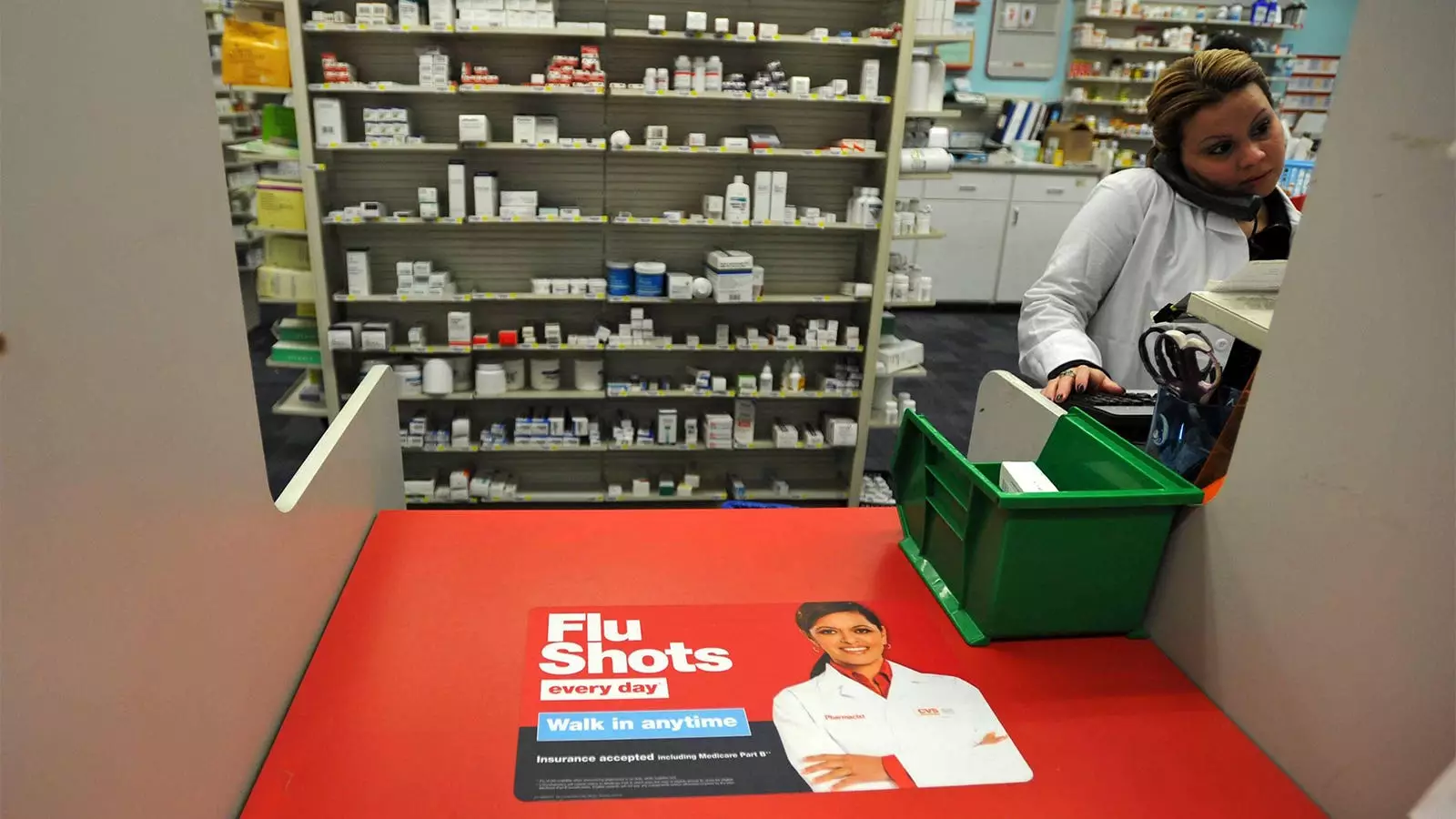During the summer of 2016, I found myself immersed in the demanding world of retail pharmacy as a student intern. My days commenced at 7:45 a.m., long before the pharmacy doors opened and extended well into the night, often concluding after 9 p.m. The environment was anything but conducive to maintaining energy and enthusiasm; alongside my colleagues, I stood for over thirteen hours without so much as a stool for respite. Breaks were few and far between, and by the end of each excruciating shift, exhaustion permeated my body. Fatigue clung to my feet, and my eyelids battled the urge to close for the night. The routine nature of these long hours raised a critical question: were patients receiving their medications and health consultations from someone whose mental and physical state was compromised by sheer exhaustion? This troubling scenario is not merely anecdotal—it highlights systemic issues prevalent in the retail pharmacy sector.
Reflecting on my journey in pharmacy, which spans over a decade across various roles—from technician to researcher—I am heartened by the advancements made in addressing these grueling work conditions. This October marks the twentieth anniversary of American Pharmacists Month, a perfect moment to recognize the progress that has been accomplished. Initiatives aimed at improving work conditions stem from the collective efforts of dedicated frontline staff, proactive management teams, and the push for unionization. Positive changes are gradually being enacted, including the introduction of mandatory lunch breaks and a shift in focus away from metrics that prioritize speed over patient care.
On the legislative front, states are beginning to pass laws that outline minimum working conditions, ensuring that pharmacists can better serve their patients without succumbing to fatigue. Furthermore, professional organizations have initiated nationwide discussions, supporting these efforts for improvement. My experiences have inspired my commitment to understanding and researching the critically important issue of pharmacy fatigue, a factor that threatens not only the well-being of healthcare staff but also the safety of the patients entrusted to their care.
Research from various medical fields, including surgery and nursing, illuminates the devastating impacts of fatigue on healthcare professionals. It has become increasingly clear that professionals who are drained physically and mentally are at a higher risk of making critical errors. The myth of the superhuman healthcare worker must be dispelled; we are all susceptible to the effects of fatigue. In discussions with dozens of pharmacists, I’ve gleaned unique insights into their motivations and the various pressures they face. While many find immense satisfaction in patient interactions, from consultations to administering vaccinations, they also report the overwhelming stress related to excessive work demands.
One pharmacist shared a particularly troubling account of mandatory break implementation, wherein patients responded with frustration, aggressively demanding service while pharmacy staff, bound by new policies, could do little more than wait. Even more concerning is the alarming statistic that indicates healthcare professionals, including pharmacists, are five times more likely to experience workplace violence than those in other fields. A meta-analysis revealed that over half of pharmacists reported experiencing some form of physical or verbal aggression during the span of a year. Such violence is often a reflection of patient frustration with the healthcare system—a system that, while aiming for accessibility, sometimes sacrifices crucial elements of safety and care.
As we look forward, it is imperative that patients, policymakers, and pharmacy management unite to ensure the prioritization of safe and quality care. The reality is that most Americans reside within a mere five miles of a pharmacy, making pharmacists the most accessible healthcare professionals. However, accessibility should never come at the cost of rushing through vital safety protocols. To foster a more efficient and patient-centered process, prescribers must consider switching to electronic communication methods such as e-prescriptions, facilitating seamless and accurate documentation. Furthermore, encouraging patients to plan for prescription refills well in advance—ideally, 72 hours—can alleviate some of the time pressures faced by pharmacy staff.
I also wish to express my heartfelt acknowledgment to prescribers and their teams for their patience during prolonged wait times on the phone, which often arise from complexities in drug formularies and supply chain issues. Collaboratively, let us advocate for approaches that demand not only optimal care standards but also the safety of those providing it.
Ultimately, the crux of improving pharmacy workplaces and patient care lies in empathy. Healthcare is inherently a shared experience; we must extend our understanding to everyone involved—from the patients waiting in line to the pharmacists tirelessly working behind the counter. By building a cooperative environment where concerns are heard and addressed, we can ensure the safety and well-being of both healthcare providers and the individuals they serve. It is time to forge a new path together, prioritizing effective communication, mutual respect, and enhanced working conditions within our pharmacies. Together, we can champion the change needed for a brighter, more sustainable future in pharmacy care.

Leave a Reply